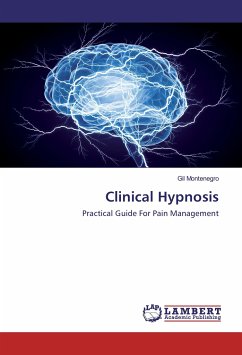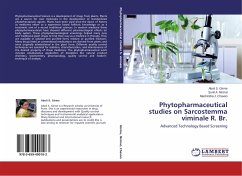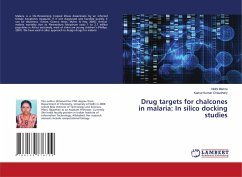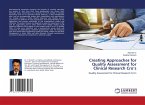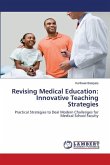In spite of the availability of multi-bullet effective chemotherapy and BCG vaccine, tuberculosis is leading infectious killer globally. TB kills about 2 million people per year. At present, approximately one-third of the world's population is infected with Mycobacterium tuberculosis and new infections occur @ one individual per second. There are several reasons that are responsible for such havoc despite the multidrug regimens. These include drug resistance, development of latency, patient non-compliance, delay in diagnosis, variable efficacy of BCG vaccine and co-infection with HIV etc.The present work discusses efforts that were made to evaluate azole antifungal drugs against tuberculosis especially drug resistant and persistent forms. Importantly nanomedicine efforts including chemotherapeutic potential of orally administered alginate nanoparticle encapsulated azole and antitubercular drugs against experimental tuberculosis along with direct nebulization of nano-formulation to lungs is thoroughly discussed.
Bitte wählen Sie Ihr Anliegen aus.
Rechnungen
Retourenschein anfordern
Bestellstatus
Storno



